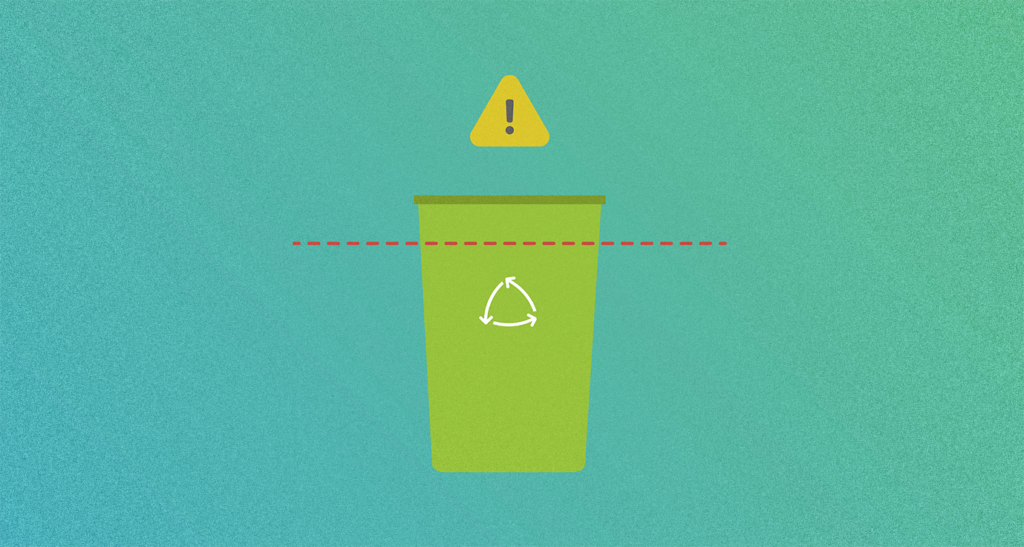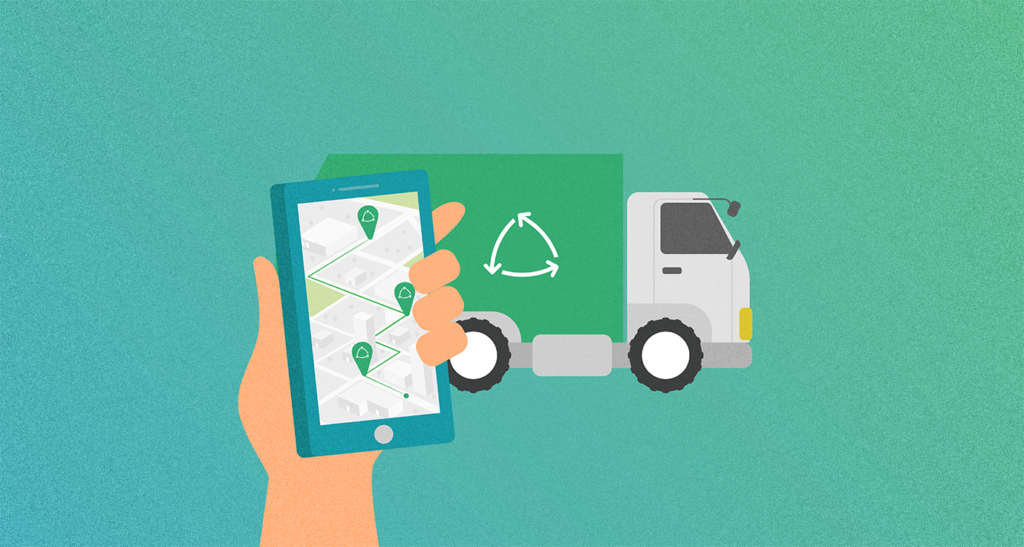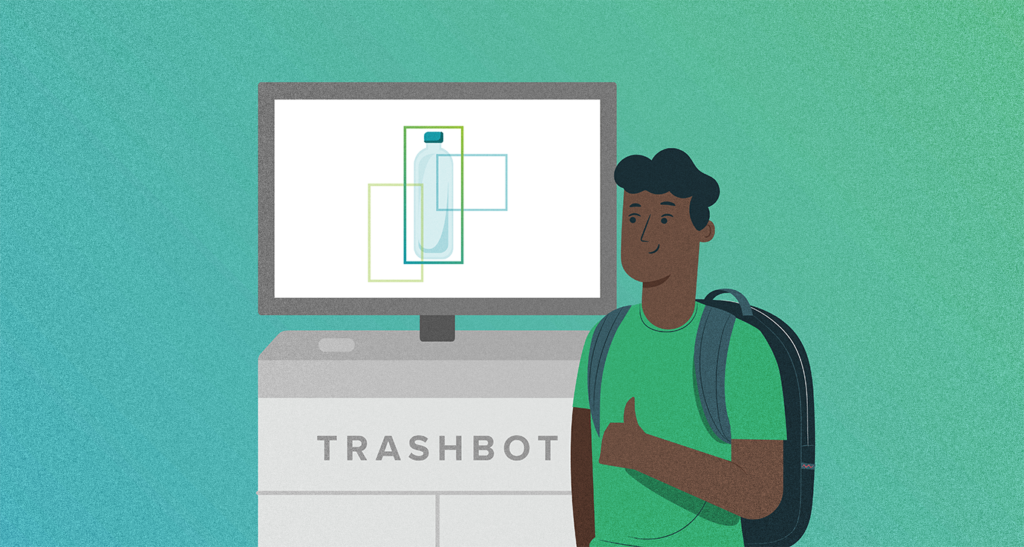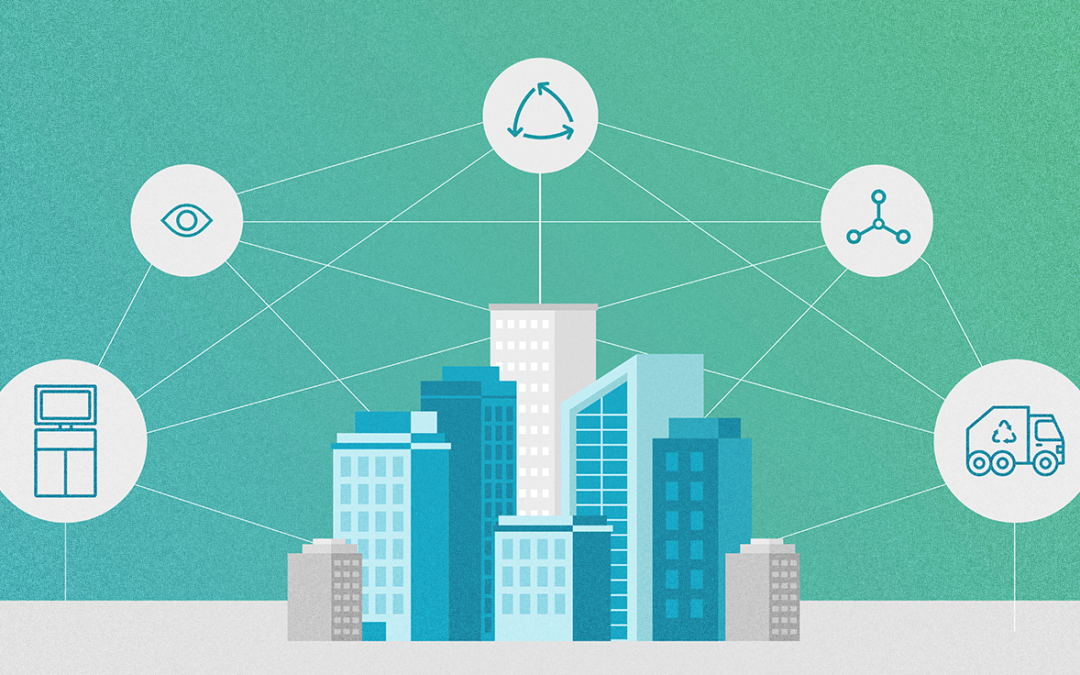Do you know that most recyclables never get recycled? In the United States, nearly 75 percent of the waste can be recycled, but EPA reports that only about 32 percent of recyclables actually get recycled. This is while people are trying to be more eco-friendly and lead a sustainable lifestyle. The reason behind this huge gap is that people are not entirely sure about what should be recycled and end up wishcycling —recycling based on assumptions.
A great to resolve this issue is by utilizing waste management technology. Smart waste management uses AI and robotics to sort and manage waste with more efficiency and reduces human error. These technologies can help us reach our zero waste goals faster and make this world a better place.
In this article, we will discuss what smart waste management is and the tech innovations that are revolutionizing waste management.
What is Smart Waste Management?
Smart waste management is a modern approach to using technology and data to create a more efficient way to collect and manage waste. Looking at the current situation of the world, the amount of waste production is increasing with population growth. The regular methods of waste collection are inefficient and costly. Smart waste management is a more efficient and cost-effective way to manage trash, help with recycling, and reduce the negative impact of waste on the environment.
How Does Smart Waste Management Work?
Smart waste management systems are generally based on IoT (Internet of Things) technology. The system generally uses sensors to monitor the waste and store data in a central server. The sensors sort and categorize the waste into certain categories and the data is processed and turned into insights that can eventually help companies improve waste management.
Technologies Revolutionizing the Waste Management Process

Waste Level Sensors
The waste collection process that has been going on around the world for many decades isn’t as efficient as before. Today’s increased global population is generating more and more waste every day. There is no way to know when to empty the trash bins. When we don’t have enough information about the bin’s fullness, we can’t change the trash bags at the right time and maintain hygiene.
Waste level sensors tell the collectors where and which trash bin is full. This makes it easier for them to evaluate the timing and bin fullness and eventually maintain hygiene in high-traffic areas.
AI Recycling Robots
A lot of people don’t know what should and shouldn’t be recycled plus recycling rules and regulations are different in different places. When we mix items that should go into different bins, it gets contaminated. For example, a lot of people mix compostables and recyclables. However, if you put a compostable item like coffee grounds into the recycling bin, the whole batch gets contaminated and usually ends up in a landfill.
Many recycling facilities use recycling robots that use artificial intelligence (AI) to identify and separate recyclable from non-recyclable trash. It is an efficient way to sort waste and reduce time and labor costs. One company, AMP Robotics, designed a three-arm robot that can analyze and sort 80 items of waste per minute. This is about twice as fast as human sorters, which makes a significantly more efficient recycling process.

Garbage-truck Load Monitoring
The garbage collection process through trucks causes more and more issues every day. Trucks not only contribute to greenhouse gas emissions but also contribute to increased traffic in residential areas.
Putting weighing sensors in the garbage trucks can help predict fill levels and eventually reduce collection trips. Over time, the data can be used to save costs by planning better routes for the trucks.
E-Waste Kiosks
Do you know that electronic waste represents only 2 percent of the trash in American landfills and yet it’s responsible for 70 percent of the toxic waste?
Electric waste management can be quite tricky. Gadgets like smartphones, batteries, and tablets contain hazardous materials like mercury, lead, and arsenic which are hazardous to both humans and the environment.
To address this issue, many companies have started an e-waste program where they accept and even reimburse users for their old devices. Even a recycling company called ecoATM started an e-waste kiosk line that collects and values old electronics and pays the users cash on the spot. The kiosks use smart technology to determine what condition the device is in and the best way to dispose of it
Solar-powered Trash Compactors
Our trash is composed of things of all sizes and colors and we don’t usually think about how much space it takes. A great way to reduce greenhouse emissions from the garbage truck is to reduce the size of your trash and how frequently it is collected. A solar-powered trash compactor is a solution to this problem. It can hold much more trash than a traditional bin and uses solar power instead of other fuel sources like fossil fuel.

Smart Waste Bins
Most technologies are managing waste after it has been disposed of. However, the best way to dispose of and sort waste is at the point of disposal. Improper waste management at the point of disposal is one of the biggest threats to recycling. It contaminates the waste and often the entire batch goes into the landfill.
Smart waste bins like TrashBot solve this issue by automatically sorting waste as soon as it is thrown into the bin. It sorts the waste using AI, computer vision, and robotics with up to 300% more accuracy.
How does TrashBot revolutionize waste management?
- Waste sorting at the point of disposal.
- Cost-efficient recycling.
- User recycling education via a large built-in screen and content management system.
- Automated waste audits.

